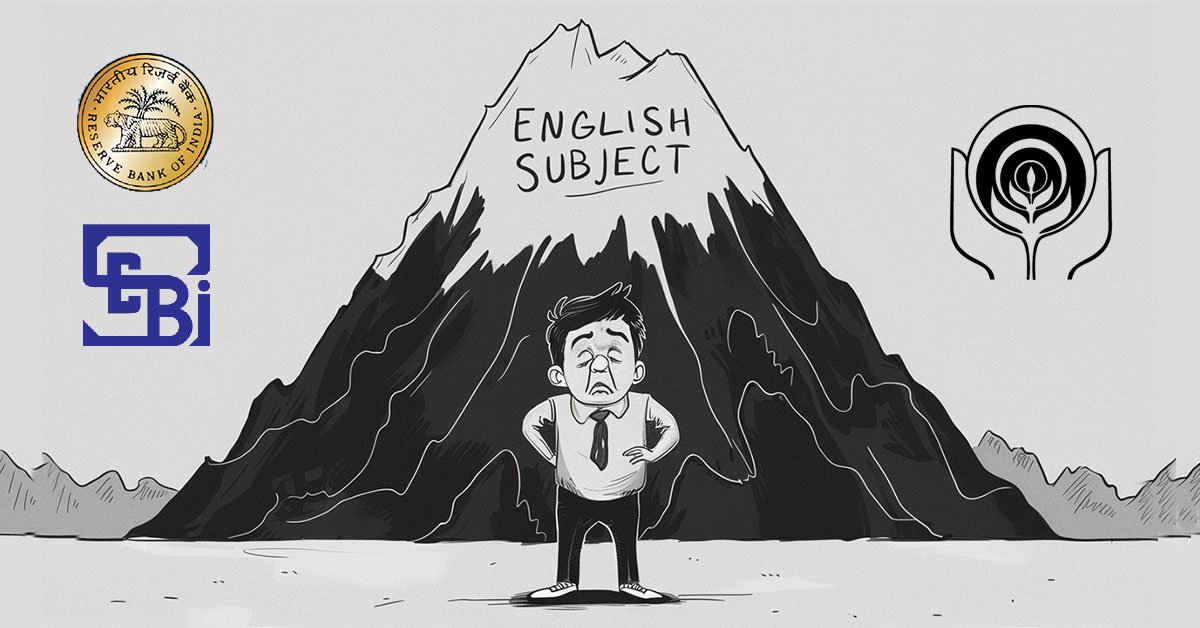Context:
A recent RBI bulletin (March 2025) highlights increasing rainfall variability as a growing threat to India’s food crop production. Despite advancements in modern irrigation and climate-resilient seeds, agriculture remains heavily dependent on the southwest monsoon.
Rainfall and Crop Production Relationship
- Monsoon precipitation directly affects kharif crop yields.
- Erratic rain leads to:
- Disrupted crop cycles
- Increased pest and plant disease outbreaks
- Good monsoons improve both kharif and rabi season productivity due to:
- High soil moisture
- Elevated reservoir levels for rabi sowing (wheat, mustard, lentils)
Monsoon Timing and Crop-Specific Effects
- Deficient rain in June–July:
- Harmful for maize, pulses, soybeans (delayed sowing and weak early growth)
- Excess rain during harvest:
- Adversely impacts oilseed yields
Recent Production Trends
- In the current financial year:
- Kharif food grain production: up by 7.9%
- Rabi food grain production: up by 6%
- Contributed by abundant monsoon and normal winter conditions.
Monsoon Outlook for 2025
- While IMD has not yet released its forecast, the World Meteorological Organization predicts a normal to above-normal rainfall season.
Climate Change and Long-Term Challenges
- Extreme weather events are becoming frequent:
- 2024 saw 322 extreme weather days, affecting 4.07 million hectares of crop area.
- Heatwaves and floods exceeded 250 days last year.
- Key risks:
- Reduced crop yields
- Decline in nutritional value of produce
- Soil degradation
Recommendations for Climate-Resilient Agriculture
- Shift to climate-adaptive farming practices:
- Improved drainage systems
- Effective flood and drought management
- Use of agritech and smart technologies
- Emphasis on natural farming:
- Different from traditional organic farming
- Promotes soil regeneration and diverse cropping
- Offers sustainable income for farmers
India’s agriculture is at a critical juncture with growing climate risks. The RBI study emphasizes that without multi-pronged climate mitigation, adaptation, and long-term water management strategies, India’s food security could be jeopardized. Natural farming, climate-resilient policies, and sustainable farming techniques must become national priorities to safeguard future productivity and nutritional security.



















